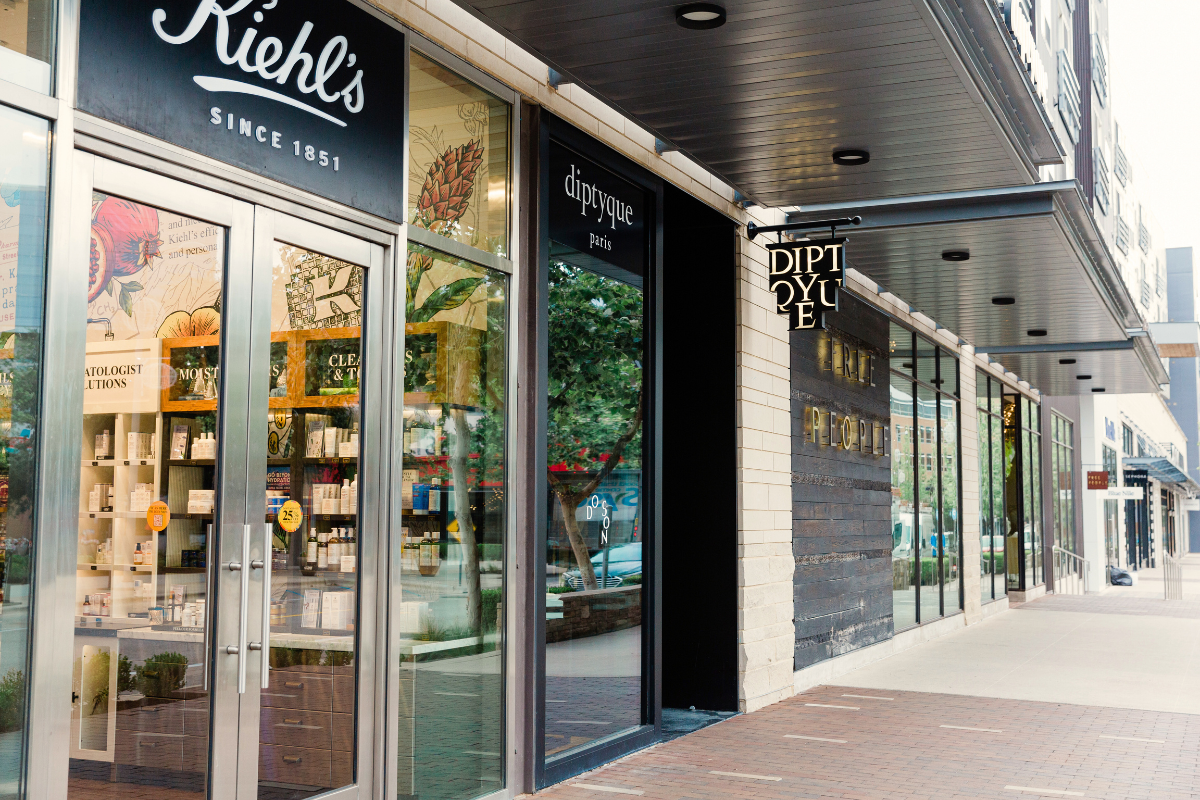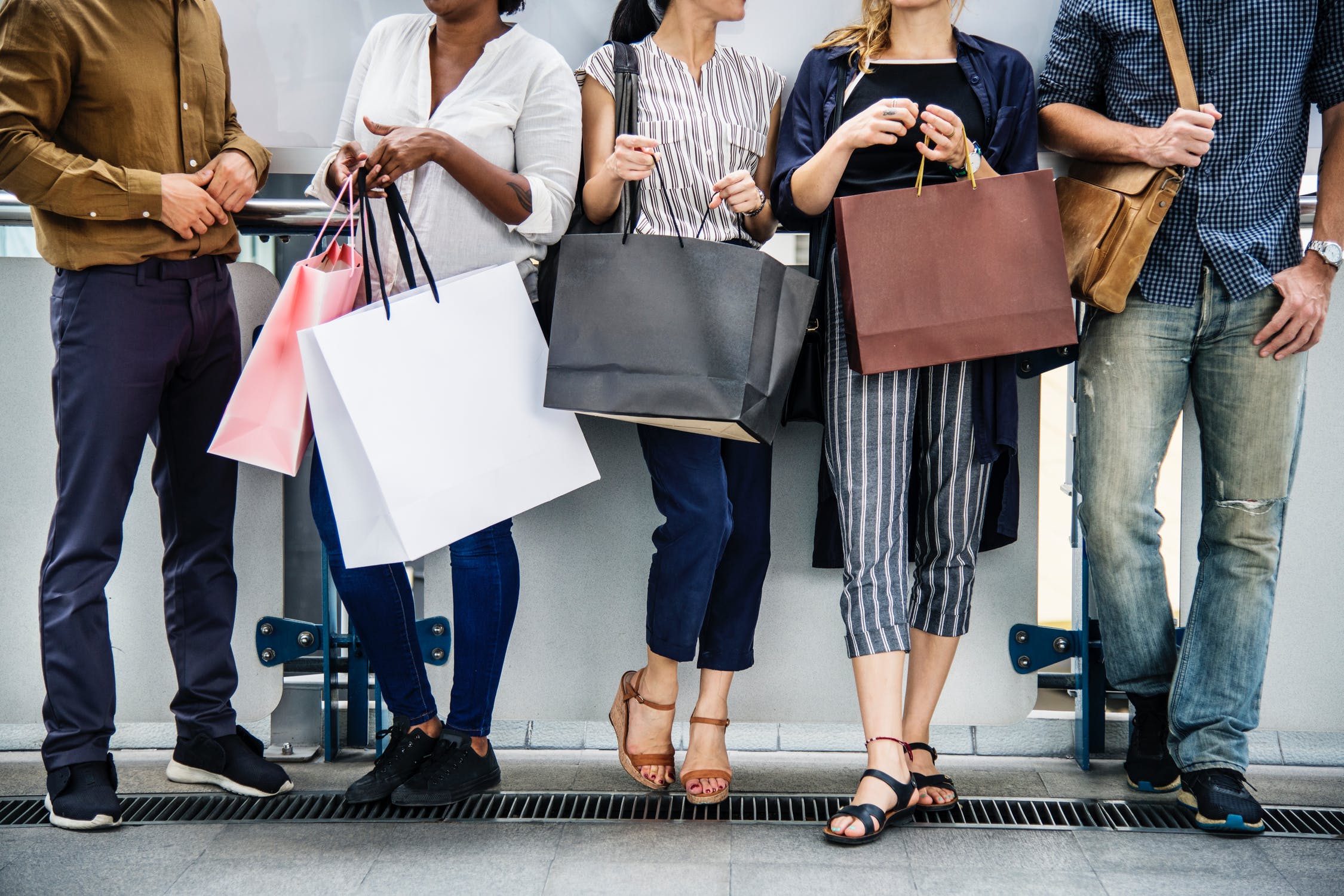In her latest audio blog, our president and CEO recaps some of the cool in-store technologies at the Domain shopping center in Austin, TX.
Transcript of “Domain Diaries” audio blog:
It’s times like this that I really love my job. In preparation for this audio blog, I recently spent some time cruising around the Domain, the landmark mixed-use retail development and current home to the Ketner Group Austin offices, to find the latest and greatest in-store technologies and experiences. I may have done a bit of retail therapy, too.
You may remember our founder, Jeff Ketner’s, blog about the Domain last April. So, we thought it would be fun to revisit our favorite shopping digs in the ATX to see the impact that technology has on the shopping experience.
I’m happy to say that the Domain did not disappoint!
While we could certainly write an eBook on the growing innovation with in-store technologies, as there are so many to choose from, today we take quick look at three different experiences:
1. Amazon/Whole Foods palm payment
First introduced in 2020 and expanded to over 60 locations in 2022, the Amazon “One” palm scanner payment technology offers a contactless way for Whole Foods shoppers to checkout and pay faster. And all via a shopper’s palm.
I had not signed up for the service but was able to do so in less than a minute at one of the store’s checkout lanes. All I had to do was provide the form of payment I wanted to use for the purchase. Then, as Amazon describes, “using a process of proprietary imaging and computer vision algorithms” the palm reader was able to quickly capture and encrypt the images of both of my palms.
Now, any time I make a purchase at Whole Foods, all I need to do is hover my hand over the scanner to complete the transaction. Very convenient.
But, as you can imagine, the in-store technology is not without controversy. More convenient shopping often means giving up more personal data, which means more privacy concerns.
Back in 2021, a group of U.S. senators had concerns about the palm-scanning technology. In an open letter to Amazon chief executive Andy Jassy, the senators said, “In contrast with biometric systems like Apple’s Face ID and Touch ID or Samsung Pass, which store biometric information on a user’s device, Amazon One reportedly uploads biometric information to the cloud, raising unique security risks.”
Of note, more retailers and restaurants are making the move to contactless palm payments, including Panera Bread and Starbucks.
2. Reformation magic fitting rooms
I must admit, this was my first time shopping at a Reformation store, and I’m definitely a fan now.
The shop is a showroom concept, with one of each item on the floor and touchscreens available to find my size.
As I mentioned in my subscription box blog, I am a big fan of apparel stores with curated, easy-to-find items, as opposed to going through racks and racks of clothes. I was in heaven.
On this visit, the store wasn’t busy at all, so one of the staff members was able to help me right away. I picked out two dresses to try on and within a few minutes, my two dresses in the right size were ready in the magic fitting room in the magic wardrobe.
This is where the fun began!
The Reformation dressing room comes with a touchscreen iPad, allowing me to search and request another size or style. Once I did that, a new item magically appears in the wardrobe! The dressing room also has customizable lighting, ranging from cool to hot.
As Reformation describes it, the showroom concept allows them to “gather customer insights, and therefore better forecast inventory and plan based on what is actually desired. This allows us to deliver exactly what customers want on a localized level.”
What’s more, it also allows the retailer’s in-store staff to have a “strong direct connection with our shoppers” and “build a more tailored relationship with them, delivering only insights that feel most relevant.”
3. Kiehl’s healthy skin consultation
I rounded out my in-store technologies walkabout at the Kiehl’s store, which I have shopped at frequently, but had never taken advantage of its in-store skin consultations.
I was on the hunt for a new skin serum. After looking through a few options, the store associate (aka Skin Pro) offered to do a hydration test using the retailer’s skin reader technology via a sleek wand.
Within seconds, she could tell me the hydration levels and firmness of my skin. This helped me to find the perfect skin serum. I also found a better moisturizer to complement my new serum.
Kiehl’s does offer more in-depth skin analysis that helps customers identify areas of strength and concerns to target such as fine lines and wrinkles, visible pores, and eye area concerns.
I will be back to take advantage of that when I have more time. Until then, my customized serum is working like magic!
Shopping with a technology twist
I know I’ve only scratched the surface when it comes to in-store technologies, and I plan to dig in and find more as time (and my credit card) allows.
I’d love to hear about any cool in-store tech you’ve seen recently!
The Ketner Group team loves to talk retail! Give us a shout to learn how our retail expertise can help elevate brand awareness and support your marketing goals.









 How do you recommend PR professionals reaching out to share news?
How do you recommend PR professionals reaching out to share news? About Susan Reda
About Susan Reda Heavily involved with
Heavily involved with 
